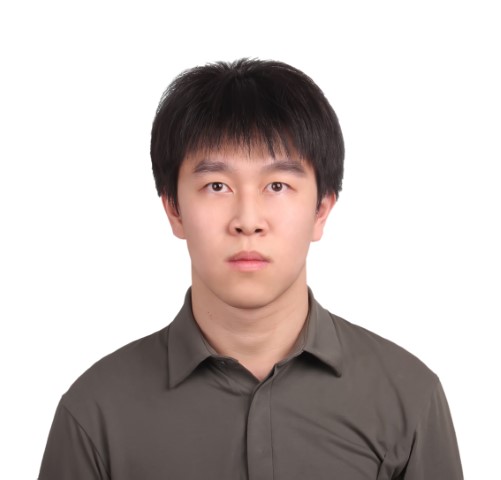Session Presentations
This page provides access to all presentation files, as well as the recording. Conference attendees are encouraged to watch or read through all the presentations prior to the start of the conference.
How Will Q & A Work?
We will host a webinar for each session during the conference where presenters can answer user questions. The Agenda shows what sessions will happen on which day. Webinar attendees will be able to follow up with presenters.
20th Annual CMAS Conference Sessions: (Click session to expand and see presentations in that session)
Typically, a limited number of specific simulations using chemical transport models (CTMs) or Gaussian plume models are used to derive relationships between emissions from particular sources and a response variable (pollutant concentration, health impact, etc.) for specific locations. We want to discuss here the potential usages/applications of Machine Learning (ML) and Reduced form models (RFM) that are computationally efficient and allow users to rapidly assess air quality impacts for a large number of emission scenarios, making them especially useful as screening tools for evaluating policy scenarios.
There have been many ML and RFM implementations on air quality forecasting in recent years and this session focuses on the development, evaluation, and application of ML and RFMs. Topics include, but are not limited to, the following:
- Developing and evaluating ML and RFMs
- Inter-comparison of ML and RFMs
- Global or regional application of ML and RFMs on air quality, human health, ecosystem or other impacts
Presentations




